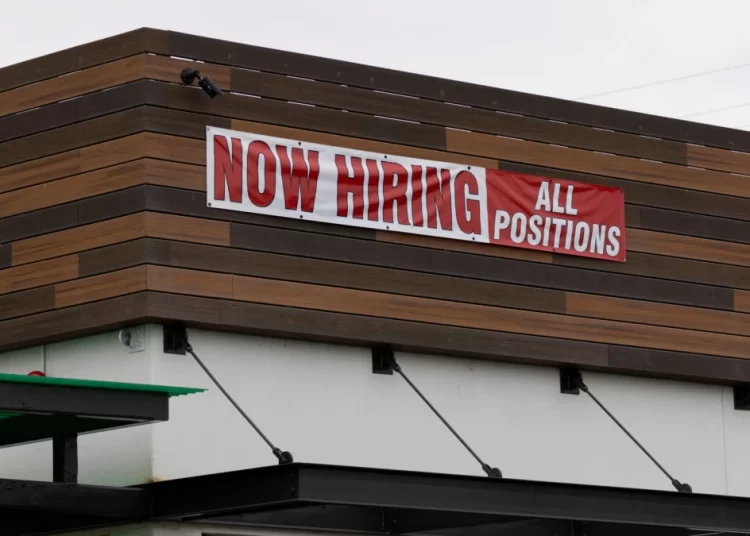When the coronavirus pandemic hit New Orleans in March 2020, Jeremy Fogg, an executive pastry chef at a popular local restaurant, suddenly found himself without a job.
Fogg was far from alone. In the first few months of the crisis, approximately 22 million Americans lost their jobs, with millions more seeing their hours cut.
“For the first stretch of the pandemic, I just kind of sat at home and waited for my job to call and tell me we were reopening,” he said. “But as the months went by without a call, I worried I’d run out of money. I opened my own pop-up bakery and began teaching baking at a local college.”
The call to return to work eventually came. When it did, Fogg responded in a way he never would have expected at the onset of the pandemic.
“I told them I wasn’t coming back.”
‘Great Resignation’
Fogg’s decision underscores a larger trend in America over the past two years — one that many experts believe has shifted at least some of the power in the country’s labor market from employers to employees.
The phenomenon is called the “Great Resignation,” in which millions of workers chose not to return to the workforce or traditional positions after the sweeping job losses in the early months of the pandemic.
Many who did return to work have since left their jobs — 47 million U.S. workers quit in 2021. Nearly one in five nonretired adults left their job at some point that year, with the nation’s “quit rate” reaching a 20-year high in November, according to the Pew…



























































